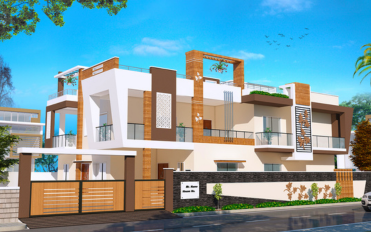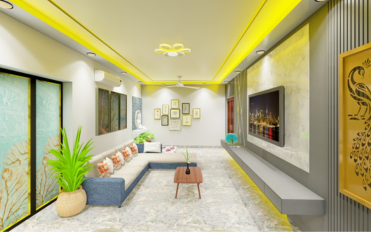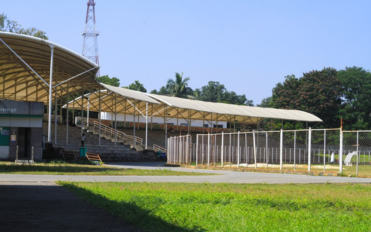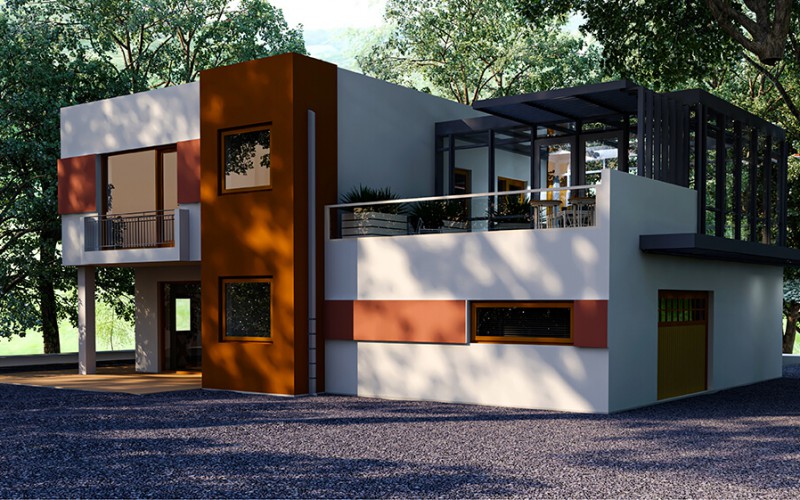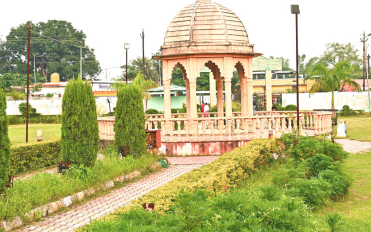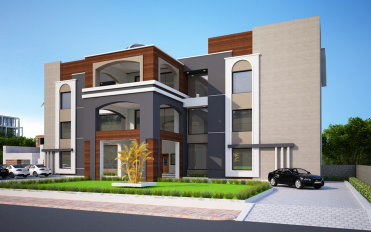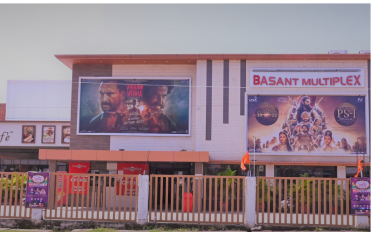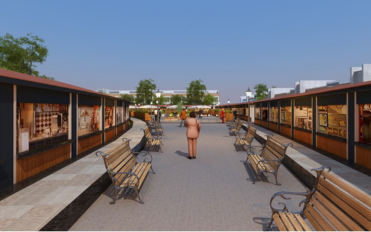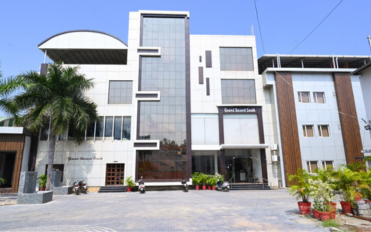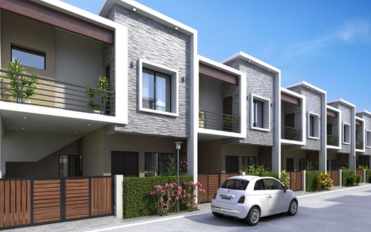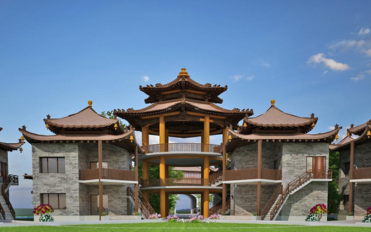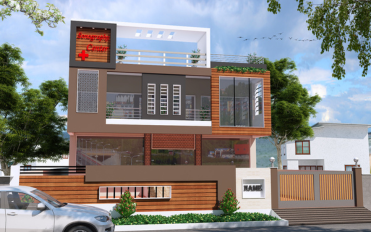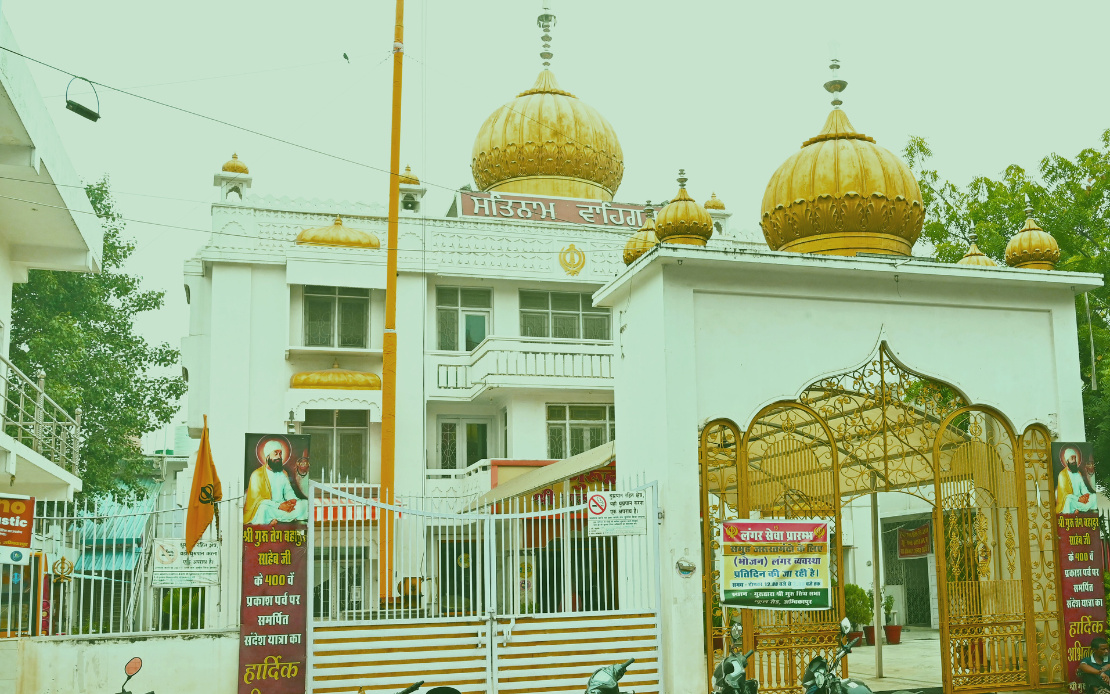
RELIGIOUS ARCHITECTURE DESIGNS
Architectural practice concerned with design and construction of places of worship like a temple, a mosque, a church, a gurudwara, stupas, synagogues etc is termed as Religious or Sacral Architecture.
Religious buildings have been an integral part of human civilization as they are interpreted as sanctum places that connect people with the God. Thus, religious architecture has evolved with the idea of creating pious, sacred and empathic divine spaces of community importance so that people may bond over and share common beliefs and become a focal point of community interaction.
While every religious building has different architectural elements, its central idea remains the same. The characteristic of grandiosity, spatial hierarchy, design intricacy, iconography and natural building elements, remain common to all religious buildings. A vibrant play of light and shadows is a significant element that enhances the spirituality factor of design. Human circulation is also planned keeping the purpose of achieving self-transcendence through praying, meditation and chanting etc in mind.
